American Chaffseed
Schwalbea americana
Status: Imperiled
American Chaffseed is a perennial (lasting for several years) herb that is about 12 to 18 inches tall with alternate yellow-greenish fuzzy leaves. The flowers of this plant are also fuzzy and are a reddish purple color. Due to fire suppression in their native regions, the american chaffseeds are being outcompeted by other plants causing a decline in their population.
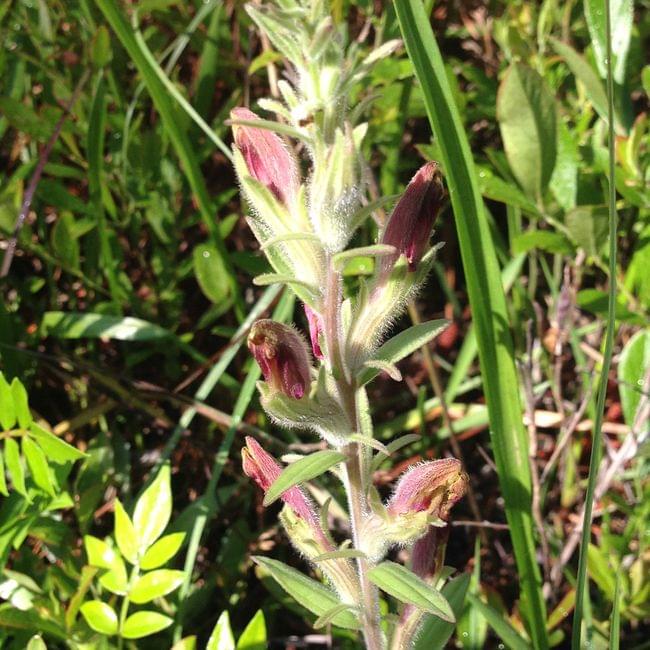
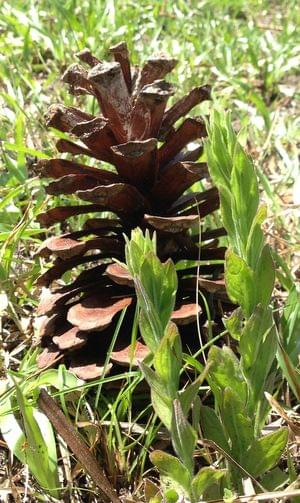
Habitat & Range
American Chaffseed is a fire dependent plant that is found in the longleaf pine flatwoods and savannas. They are often found in wetlands or in dry acidic sandy soils. The American Chaffseed is currently present in Georgia, Florida, North Carolina, South Carolina, New Jersey, Alabama, and Louisiana. In the past, the plant could be found in other northeastern states and southeastern states in the United States.
Food Web & Energy Flow
Like most plants, the American Chaffseed gets its energy from the sun through photosynthesis, making it a primary producer. In order for this plant to survive it requires soil, water, and a lot of sunlight.
Relationship to Fire
Frequent fires are important for the American Chaffseed. If fires are not constant in the Longleaf pine ecosystem, other plants and trees can grow tall, blocking this plant species from the sunlight. American Chaffseed is shade intolerant, which means they are unable to survive when not little sunlight is available. After a fire takes place in an area, the American Chaffseed can resprout immediately.

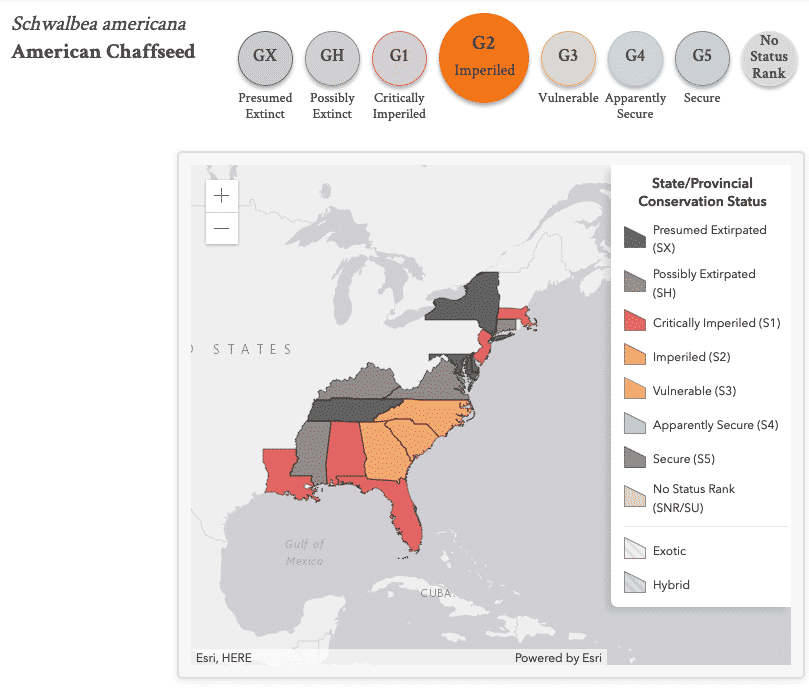
Conservation Status
The American Chaffseed is considered Imperiled. A decline in fires and competition among other plant species has caused the American Chaffseed to drop in abundance. They were found in different states throughout the United States but now that number has decreased drastically.
Human Impacts/ Threats
Land Use Conversion
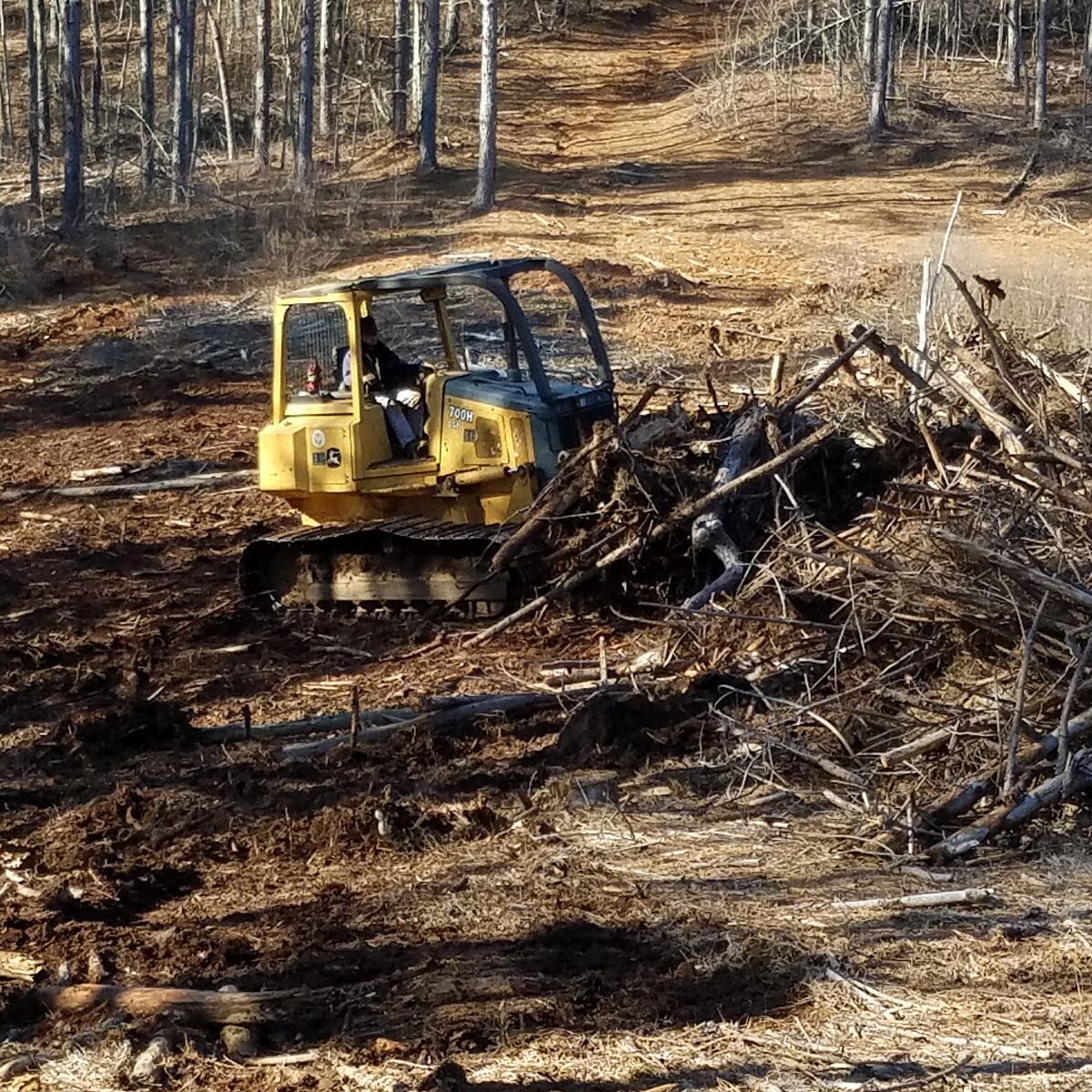
Ideal habitat area this species is being converted into land for houses, roads, agriculture, or even to grow different types of trees to sell.
Fire Suppression
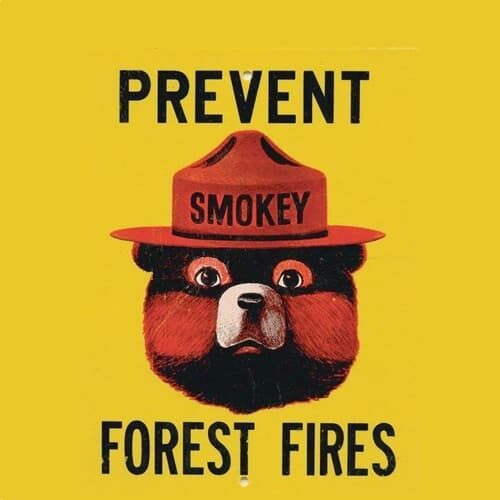
Many people have been raised to think of all fires in the forest as bad, so they go to a lot of effort to prevent or suppress them. But longleaf forests NEED fire!
Mining
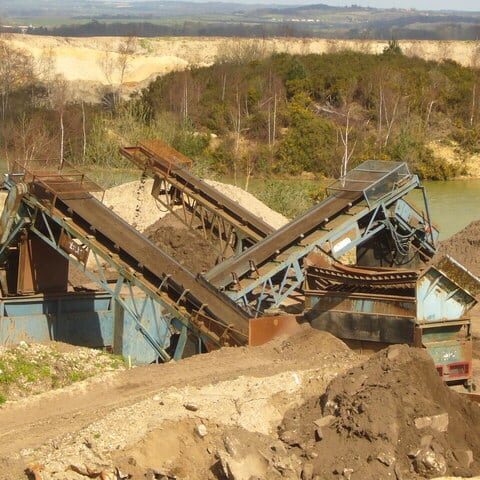
In areas of this species' range, people have found gravel deposits that requires mining to collect and sell. Mining affects groundwater levels, which can harm bog habitats.
Resources
U.S. Fish & Wildlife Service. American Chaffseed
New Jersey Field Office, USFWS. Recovery Plan
Massachusetts Division of Fisheries & Wildlife. Natural Heritage & Endangered Species
